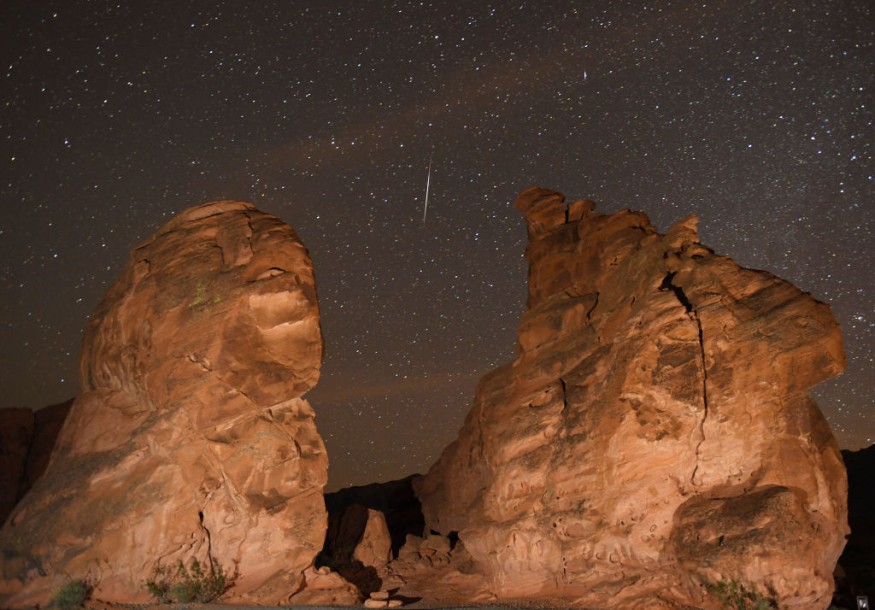
Every year, the Earth briefly encounters the Quadrantid meteor shower, a shower that happens early in January. January Quadrantids is one of the two biggest annual meteor showers that could produce over 100 per hour, the other is the December Geminids.
Using constellations, "Quads" can be found in the night sky midway between the Big Dipper's handle and the four stars marking the head of Draco, the dragon.
Active Quadrantids are typically short-lived which is why spotting them could be challenging. Compared to others, they have shorter peak period spending only about 12 hours rising from quarter-strength to peak activity and their subsequent decline can take as little as 4 hours.
The constellation that gave Quadrantids its name no longer exists, with somewhat odd origin. The asteroid responsible for producing the Quadrantids which is called asteroid 2003 EH1, which astronomers sometimes call a "rock comet" was just found very recently - 2003.
Despite its short peak, the meteor shower is often marked by large "fireball" meteors that look more colorful, appear brighter and last longer than a typical meteor. At peak times, providing the moon and other lights don't wash them out, viewers will see about 120 meteors an hour, NASA said.
What's in store for 2022
For this year's Quadrantid meteor show, the new moon arrives on 2nd of January which means there will be no bright moonlight to hinder visibility. However, North America skywatchers may be facing the "wrong way" when this shower reaches its peak. The shower peaks in the mid-afternoon during the bright sunny daytime which lessens their chance even more.
According to Margaret Campbell-Brown and Peter Brown in the 2022 edition of the "Observer's Handbook" of the Royal Astronomical Society of Canada: the "Quads", as they are nicknamed, are due to peak this year at around 04:00 p.m. EDT (2100 GMT) on Mon. Jan. 3.
Those who will watch from East Asia will have more ideal conditions and could expect to see up to 60 to 120 meteors per hour.
Also read : China Cries Foul Against US for 'Close Encounters' Between Elon Musk's Space X, Chinese Space Station
Watch out for occasional "shooting stars"
Despite the challenges of seeing the shower's peak for many skywatchers, the best chance at catching some Quadrantid activity "will come during the predawn hours of Monday morning. After about 3 a.m. EDT (0800 GMT), the radiant or emanation point for these meteors will be climbing well up into the northeast; it's highest before dawn," according to LiveScience.
Later that day, the shower would still build up and give as many as 15 to possibly 30 meteors per hour, like "shooting stars". This is still a considerable meteor activity to entertain and lure you to look up during the very early morning hours.
Like the December Geminids, the Quadrantid that appear after the shower's peak tend to be brighter than the earlier ones, which means that the larger particles are on the outer side of this meteoroid stream. They have been described to have traveled a medium speed, in a bright and usually blue color. Only a few, about 5 to 10 percent, leaves a fine, long-spreading and persistent silver trails in their wake.
© 2025 NatureWorldNews.com All rights reserved. Do not reproduce without permission.





